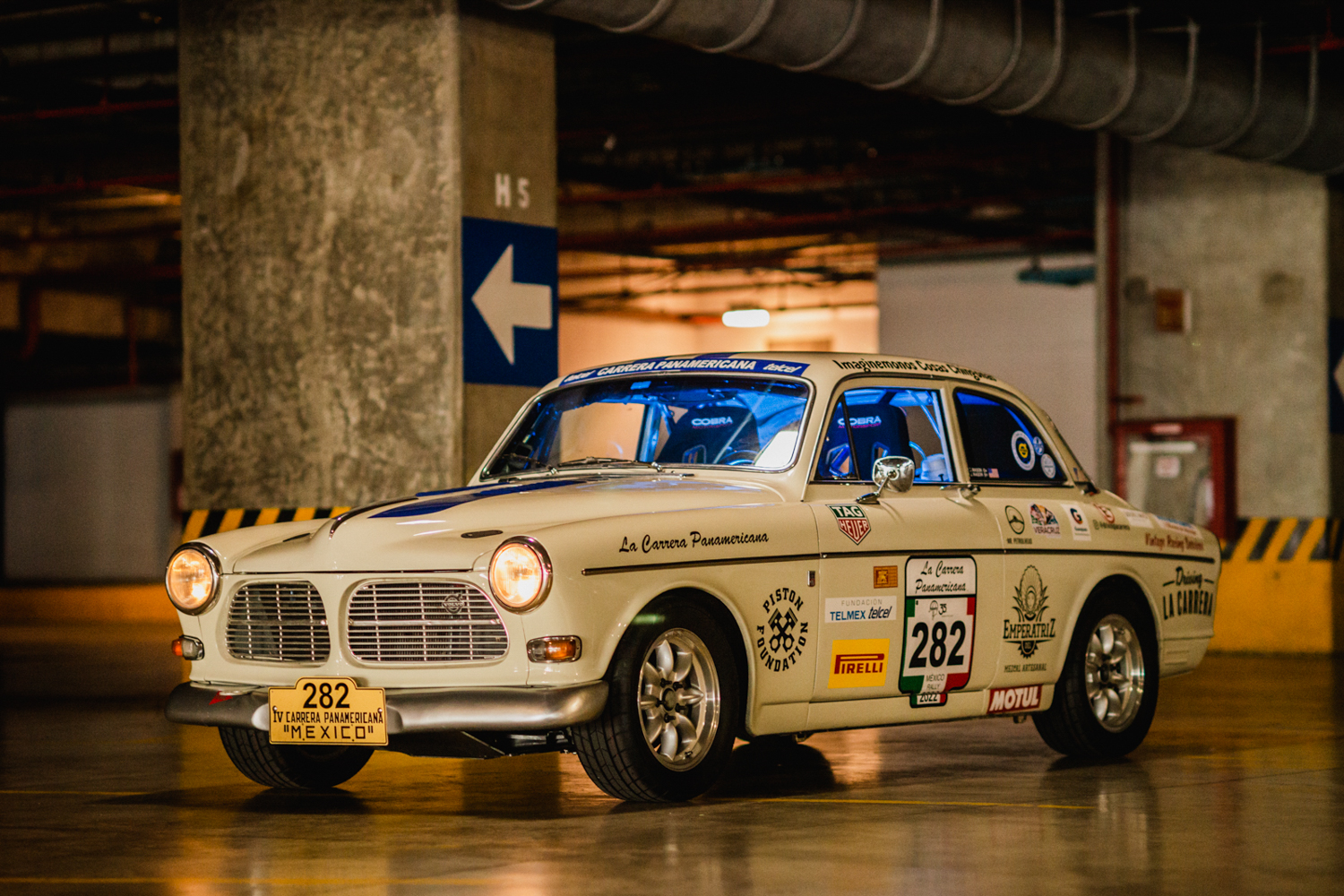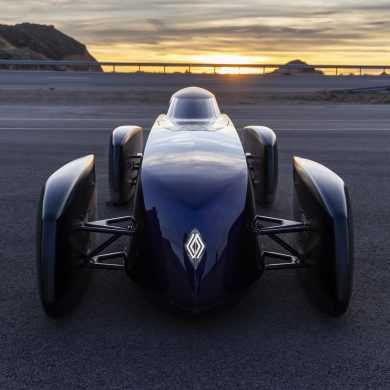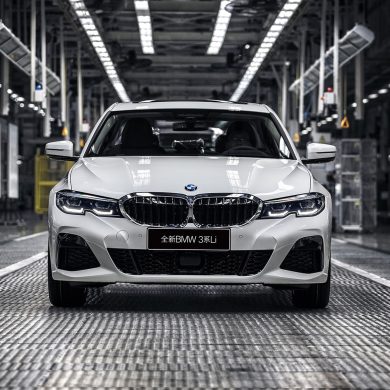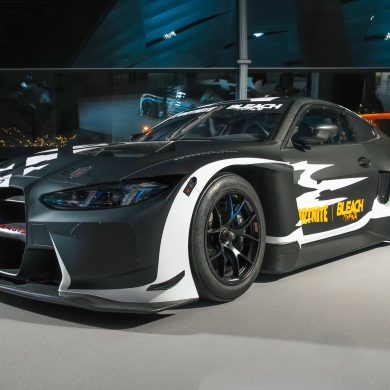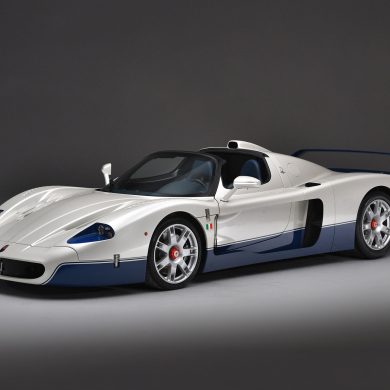Long before books were sold online, before you could shop for anything and have it delivered to your door, or before we were masters of trivia via Alexa, the other Amazon quietly went about changing the world from a then small Swedish company with a penchant for safety. Now owned by Geeley and formerly a Ford brand, Volvo began as an independent Swedish auto manufacturer with safety as the primary tenant for their automotive offerings. Although production was slow and steady after the war, in the 1950s interest and sales grew internationally around these robust and durable cars.
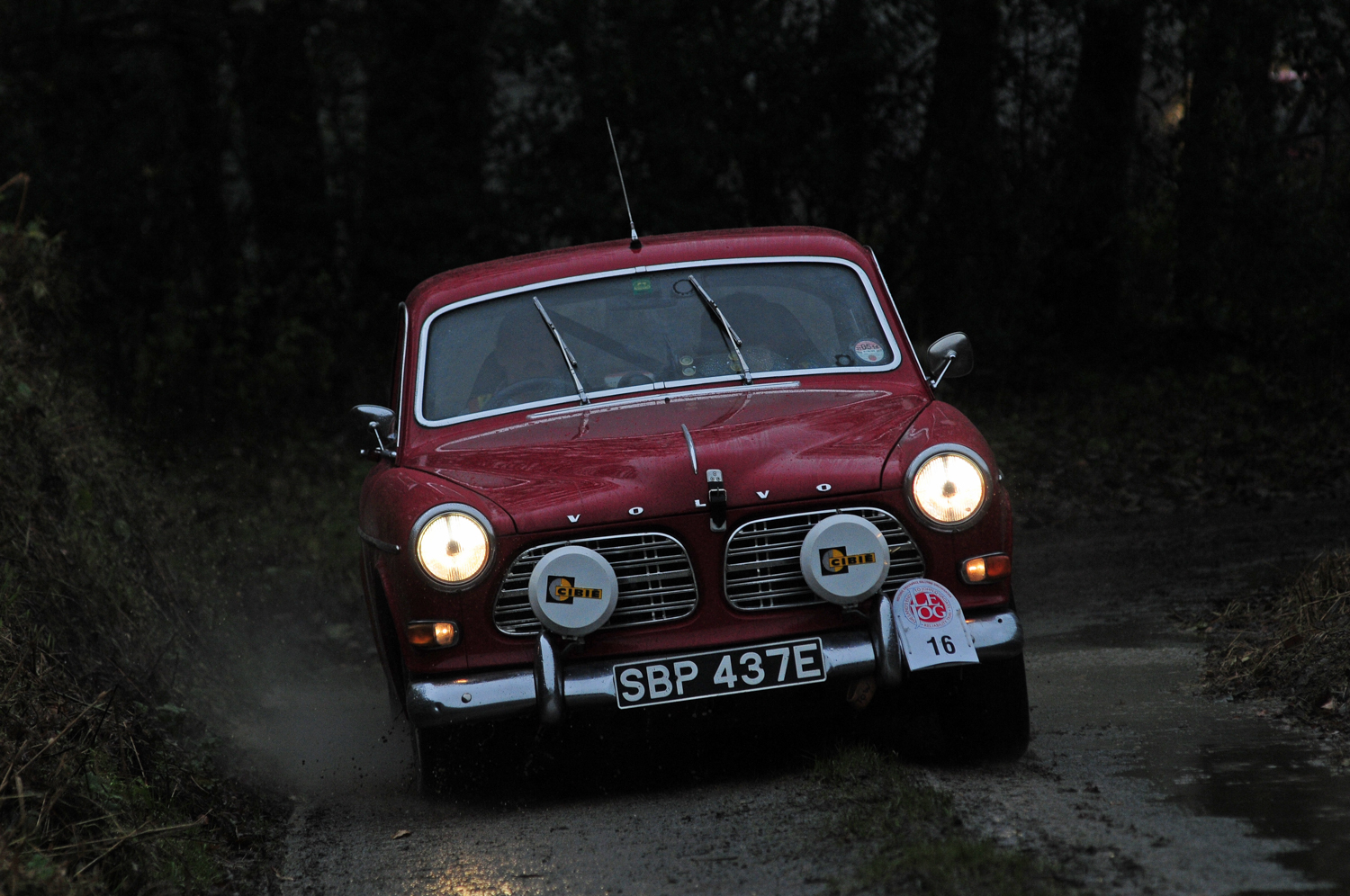
Built from 1956 – 1970, first as the Volvo 12o, the Volvo 122 quickly became one of the most popular European cars of the post-war era. Available in two, four, or wagon configuration, these models were delightfully compact, offering ample room for four adults, spacious trunks, and admirable fuel economy. Manufactured with stamped steel unibody construction, the 122 was lightweight, very well built, and modestly priced. And while the 122 was built with safety in mind, it was a surprisingly pretty car featuring a tidy body design, excellent proportions, and durable performance – a feature that would become all the more important in rally events. Named the “Amazon”, it was originally designated Amason, named in honor of the feisty mythic Greek Goddess. The name was however taken by another entity, so it was changed to Amazon for use only in the Swedish market, though eventually designated in other markets with the three-digit numeric moniker.
Perfectly positioned and critical to North American market growth, the Amazon would almost singlehandedly expand the Volvo name outside of domestic markets. Early adopting American customers found the compact Volvo 122 to be a fun and stylish package that could be used for a wide range of domestic travels and commuting. Unlike other European imports that struggled on long stretches of vast American highways, the 122 happily persevered as hearty examples delivered lengthy family service eventually being handed down to kids heading to college, building generational fondness for the brand. Built by the hundreds of thousands, over 15 years of production, these handsome cars are today sought after for the same reasons so many people enjoyed their merits when first introduced. The most desirable of which is the 123 two-door coupe model which sports the higher compression 115-hp engine built for rally events.
Though the initial Amazon design is generally credited to Jan Wilsgaard, a previously hired designer that had penned an earlier Volvo in 1950, the progression for the production version of the 120 would evolve with other internal Volvo experiments including Italian variations offered by Michelotti (the Volvo Elisabeth) and Vignale coachbuilding studios, both of whom were experimenting with full envelope designs that eventually influenced the final design of the Amazon.
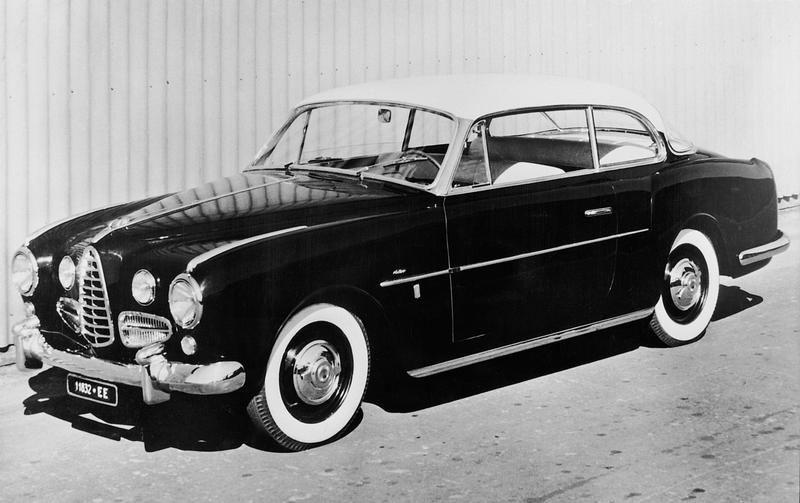
It’s important to note that between 1950-1960 designers were rapidly discovering new designs by attending automotive salons, but also reading newly published magazines and articles which ultimately ushered in the makings of “world designs”. In many ways, like the modern Amazon internet company, the Volvo Amazon was one of the first broad market confluences of world design, particularly blending Italian, Swedish, and American designs of this period.
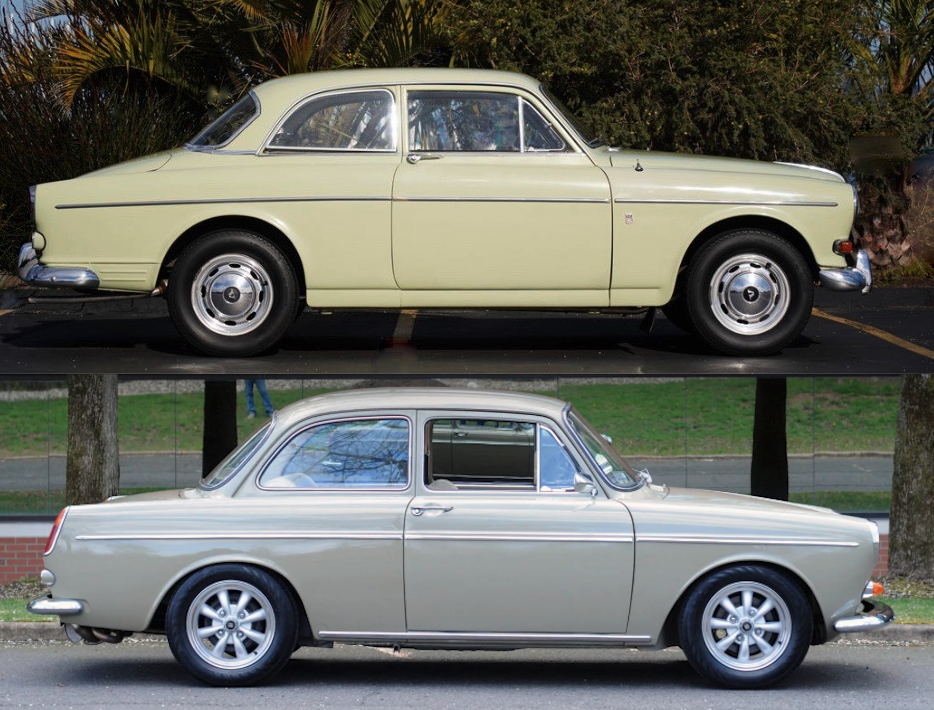
Looking at the design of the Volvo 122 today, it’s easy to see how these were so popular when first released. In side view, the proportions are perfectly balanced, with an upright, compact posture featuring tall body sides with a chopped roofline. This lower roofline had already been seen in other sports car designs, but with the Volvo it was very cleverly engineered by raising the belt line up, following the raised hood, while lowering the fenders below the hood and trunk line. While Chrysler and Chevrolet were raising the tailfins and rear lines of their larger proportioned cars Volvo chose to lower these features. Interestingly, the wagon design carries the roofline all the way back to the rear glass with essentially the same roof height, but appears visually taller, giving the impression that the wagon has more headroom than the coupe. No doubt the designers at VW were paying close attention when they penned the final design for the Type 3 which carries many of the same visual design features as the Amazon, but lacks some of the balance achieved due to the challenges of the rear-engine platform. Most notably, however is the taller greenhouse which, though a design created four years later, feels less modern than the Amazon.
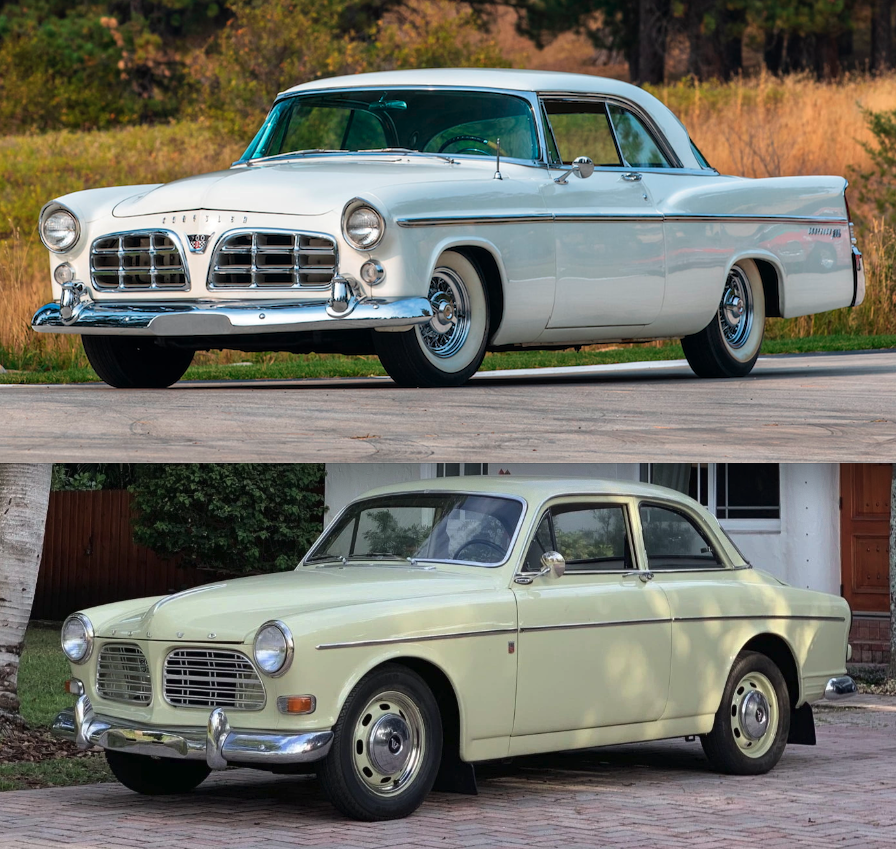
The other major visually impressive feature of the Volvo 122 was that there are virtually no chrome embellishments. Other than a thin, side trim defining the upper belt line and acting as a protective bump strip, the grille has basic mesh and surrounding trim, headlight rings are thin, even garnish molding around the glass is minimal, once again, conveying a stylish austerity, unafraid of the simple, clean, midcentury modern aesthetic that owes a great deal to Scandinavian architecture and furniture designs of the same era. Even the functional bumpers are trim, uncluttered by Dagmars, exhaust ports, or other aeronautic gimmickry found on so many other cars of the same period. Looking at the Amazon today, it’s as though Volvo designers took a well-designed 1950s American sedan and penned a chapter for the book of “Kustom Kars” and lead sleds with chopped, channeled, nosed, and decked body designs applied to create the 122 – a 7/8ths scale version of an American sedan.
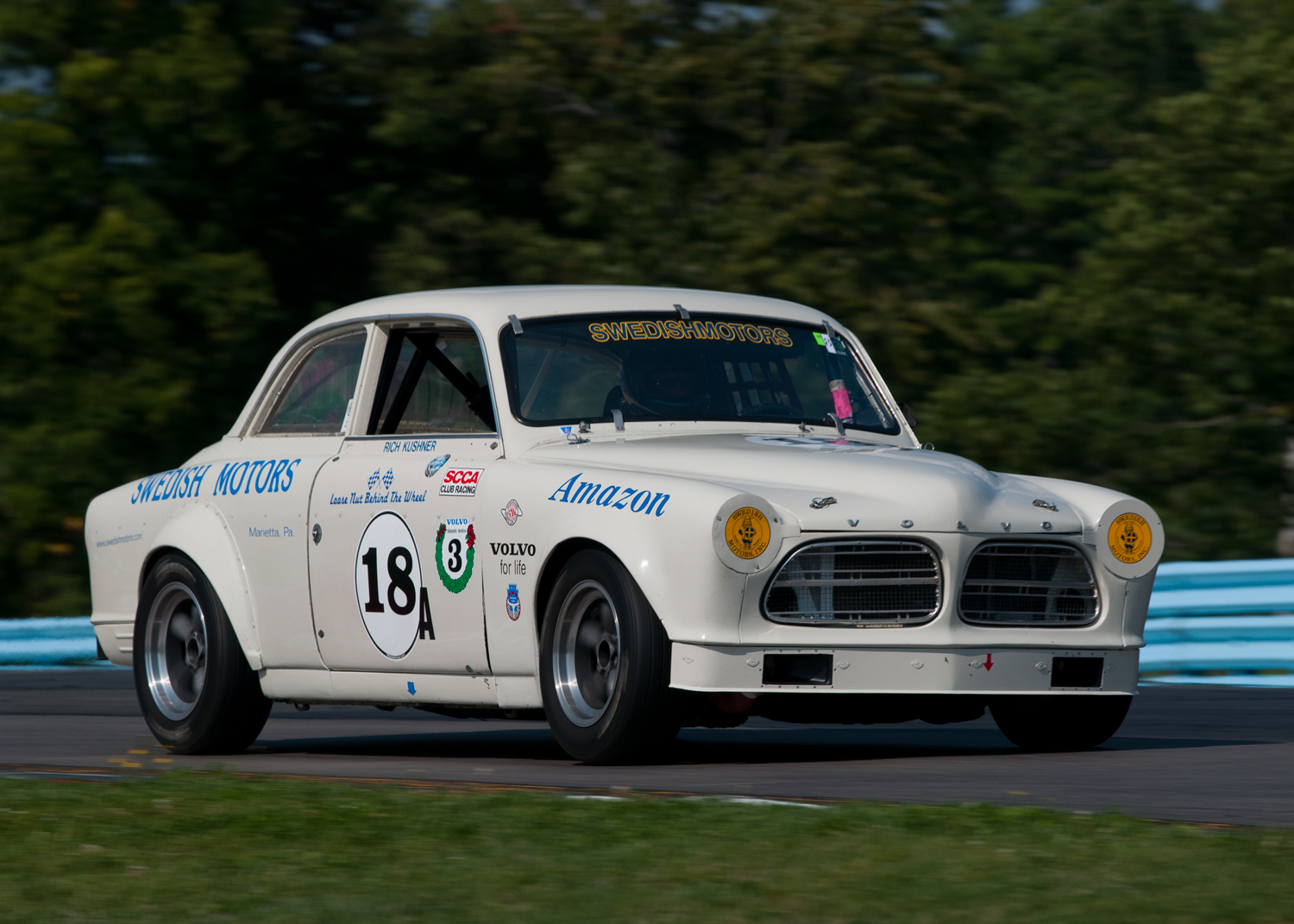
Today, Volvo continues to offer some of the best modern cars in the world. Loaded with technological wizardry and exceptional safety features, new Volvos are amazing cars by any standard. Pure, simple, and undaunted by the complexities of digital technology the Volvo Amazon remains a refreshing perspective on economical material use and frugality combined with charm and style. It would be nice to see a rebirth of those design tenants in a modern version, built in tribute to the Amazon Goddess that forged Volvo history 70 years ago.



